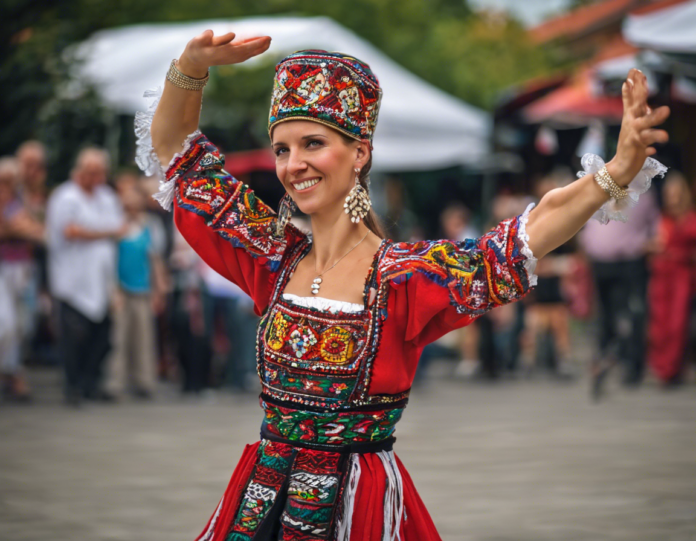Serbian dancing has a rich and mesmerizing cultural history that continues to captivate audiences around the world. From the energetic and lively movements to the vibrant costumes and traditional music, Serbian dancing is a true spectacle that showcases the beauty and grace of the Serbian culture. In this article, we will delve into the world of Serbian dancing and explore its significance, styles, and impact on contemporary culture.
The Significance of Serbian Dancing
Serbian dancing holds a significant place in the country's cultural heritage and is deeply rooted in tradition. It is not only a form of entertainment but also a way to celebrate and preserve the history and values of the Serbian people. Through dancing, individuals can express their emotions, tell stories, and connect with their community on a deeper level. Serbian dancing is often performed at various events such as weddings, festivals, and religious ceremonies, serving as a symbol of unity and identity for the Serbian people.
Styles of Serbian Dancing
Traditional Folk Dancing
Traditional Serbian folk dancing is one of the most popular forms of dance in the country. It is characterized by intricate footwork, graceful movements, and colorful costumes that reflect the different regions and cultural backgrounds of Serbia. Each region has its own unique style of dancing, with some of the most famous including the kolo, oro, and cocek. These dances are often performed in groups, with dancers holding hands and forming intricate patterns as they move to the music.
Modern Interpretations
In recent years, modern interpretations of Serbian dancing have emerged, blending traditional elements with contemporary styles to create a unique and dynamic form of dance. These modern interpretations often incorporate elements of other dance styles such as ballet, jazz, and hip-hop, resulting in a fusion of old and new that appeals to audiences of all ages.
The Impact of Serbian Dancing on Contemporary Culture
Serbian dancing has had a significant impact on contemporary culture, both in Serbia and around the world. It continues to be a source of pride and identity for the Serbian people, helping to preserve their cultural heritage and traditions for future generations. Through performances, workshops, and cultural exchanges, Serbian dancing has gained international recognition and has become a symbol of the country's rich and diverse cultural landscape.
How to Learn Serbian Dancing
If you are interested in learning Serbian dancing, there are several ways to get started. Many dance schools and cultural organizations offer classes and workshops on traditional Serbian folk dancing, where you can learn the basic steps, movements, and routines. You can also find instructional videos online to practice at home and attend dance festivals and events to immerse yourself in the world of Serbian dancing.
Frequently Asked Questions (FAQs)
Q: What is the significance of Serbian dancing in the country's cultural heritage?
A: Serbian dancing is deeply rooted in tradition and serves as a way to celebrate and preserve the history and values of the Serbian people.
Q: What are some popular styles of Serbian dancing?
A: Traditional Serbian folk dances such as the kolo, oro, and cocek are some of the most popular styles of dancing in the country.
Q: How can I learn Serbian dancing?
A: You can learn Serbian dancing by taking classes at dance schools, attending workshops, watching instructional videos online, and participating in dance festivals and events.
Q: How has Serbian dancing influenced contemporary culture?
A: Serbian dancing has had a significant impact on contemporary culture, helping to preserve the country's cultural heritage and traditions while also gaining international recognition.
Q: Are there modern interpretations of Serbian dancing?
A: Yes, modern interpretations of Serbian dancing blend traditional elements with contemporary styles to create a unique and dynamic form of dance.

